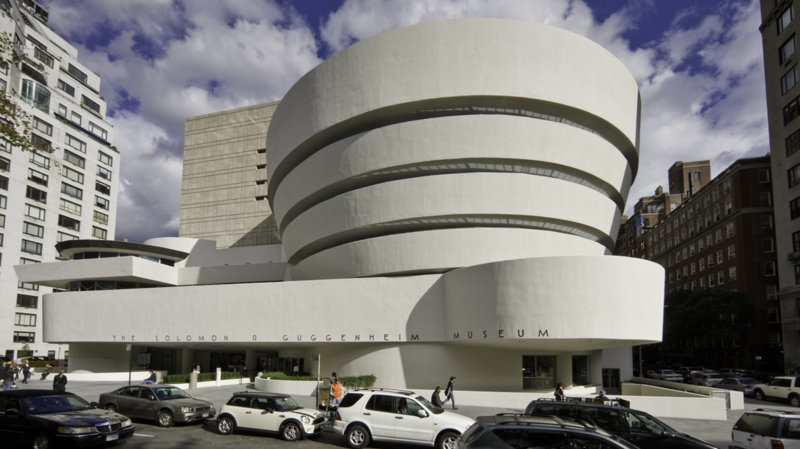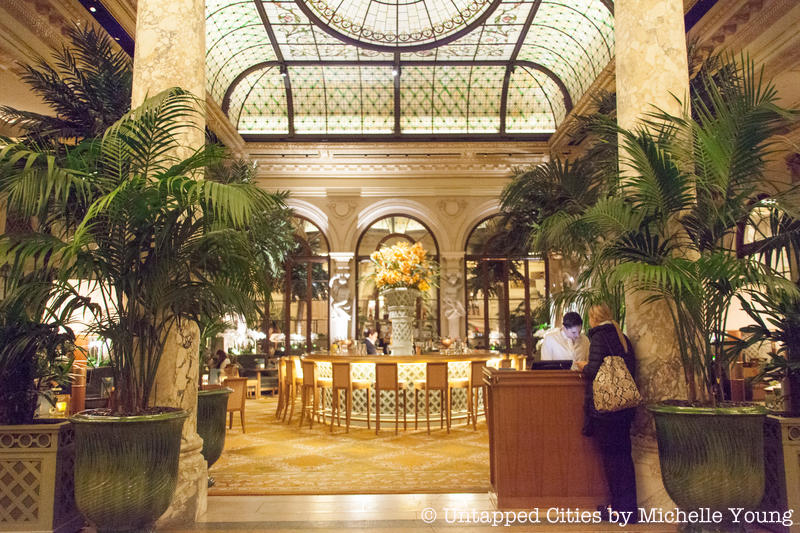 Photograph by David Heald © Solomon R. Guggenheim Foundation, New York.
Photograph by David Heald © Solomon R. Guggenheim Foundation, New York.
Few buildings in New York City strike a more iconic silhouette than the Solomon R. Guggenheim Museum in the Upper East Side of Manhattan. A concrete spiral and one of famed architect Frank Lloyd Wright‘s most notable creations, the museum sees just as many visitors seeking to appreciate its architecture as it does visitors coming for the art. Built in 1959, the story of its conception and construction married Wright’s avant-garde design instinct with Solomon R. Guggenheim’s taste for art that pushed boundaries. The building, which was renovated in full in 2005, is one of the most popular destinations in the city’s art scene even eighty years after its opening day. Here are the top 10 secrets we found about the place.
1. Technically, the Museum’s First Location was in the Plaza Hotel

Solomon R. Guggenheim was raised to appreciate the classics. Coming from a wealthy mining family, he had already collected a number of pieces by the old masters when he met artist Hilla von Rebay in 1926. She instilled in him a love for the avant-garde, and he never looked back. Without a suitable place to display his collection, however, Guggenheim resorted set up a makeshift gallery in his spacious apartments at the Plaza Hotel. In 1937, he established the Solomon R. Guggenheim Foundation, the first real iteration of the museum and its governing body.
See vintage photos of the original museum here.





